Most of us are never going to ski 45-degree Alaskan faces or nipple-deep powder like we see on Ski Canada covers and movies at après. In the first case, most of us aren’t good or brave enough. And in the second case, those nipple-deep shots are set up and taken on vanishingly rare days that can only be experienced by those who live in situ and aren’t shackled by lesser-important things like employment and kids.
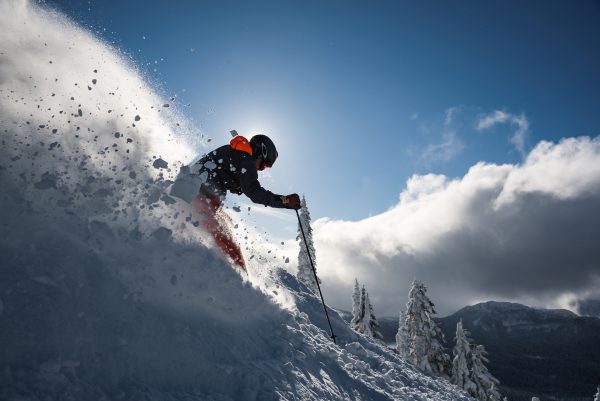
Big powder days for us ordinary skiers are more modest, though no less pleasurable affairs: relatively low angle and not too deep, so that snow safety issues resulting from snowpack and terrain are minimized. Sure, that 40-degree slope with a metre of dry blower looks awesome, but is it worth spending an hour of climbing and digging holes to see if you feel safe skiing it, when in the same amount of time you could get in three laps on easier-angled terrain where the risk is vastly lower?
Skiing easy-angled powder is, well, easy. Allow the skis to run at a speed you’re comfortable with, and try to avoid the urge to manage speed by twisting your feet to skid and slow down. A ski that’s buried deep in the snow is hard to turn by twisting. Instead, try to use the shape of your skis (which you know how to do because you have studiously read and filed away all my ski tips!) to control line and speed, making rounder turns that continue farther past the fall line when you want to slow down.
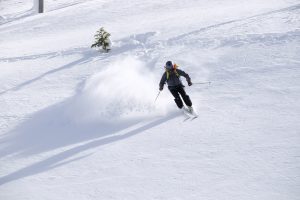
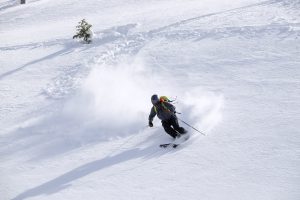
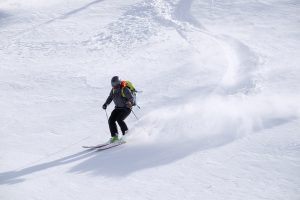
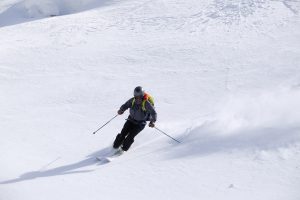
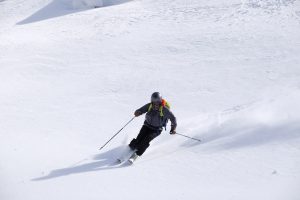
Conversely, if you want to speed up, ski nearer the fall line. Wherever you’re turning relative to the fall line, keep those skis running forward, stay evenly weighted and centred, then resist the urge to twist and skid.



